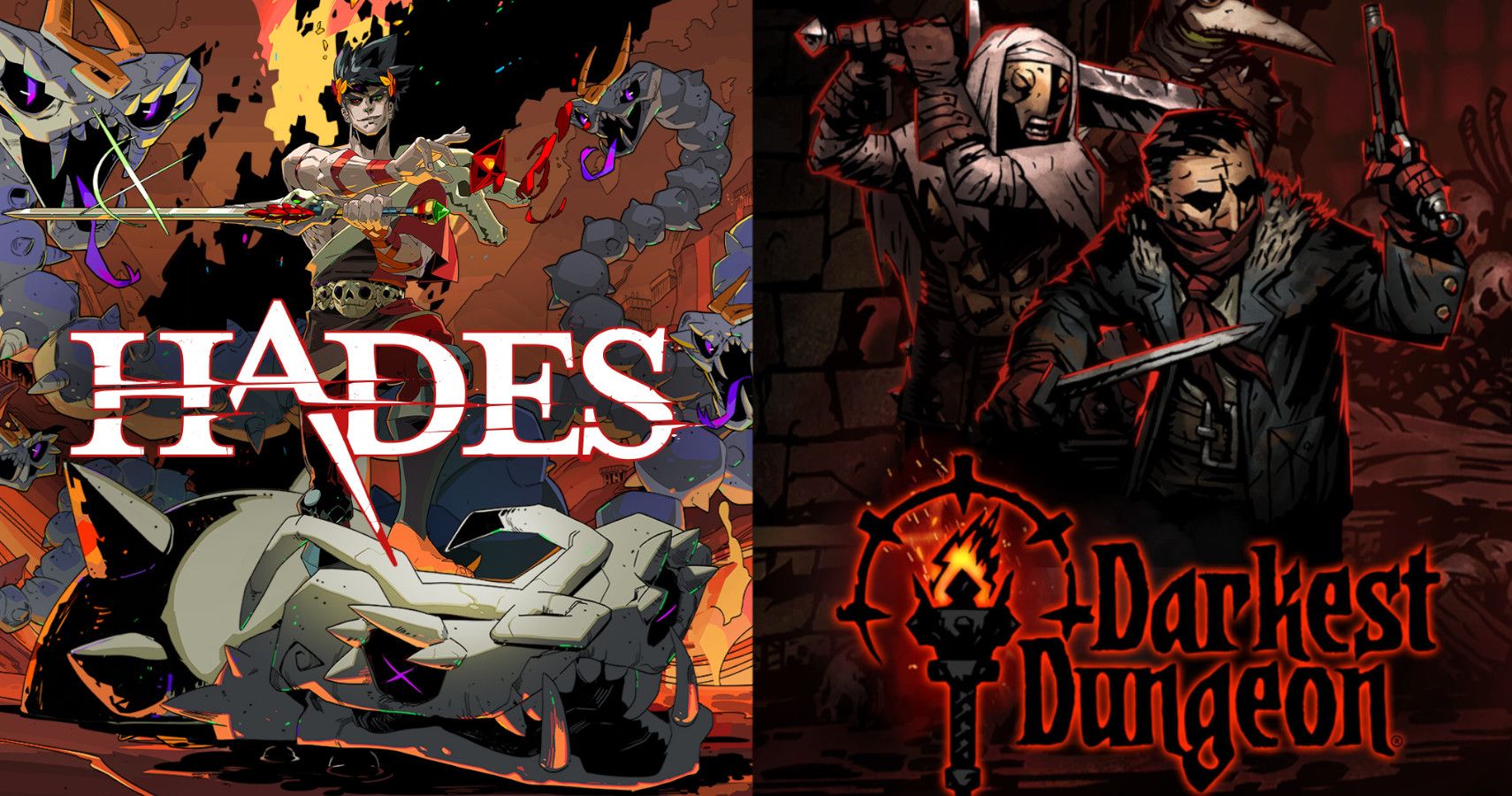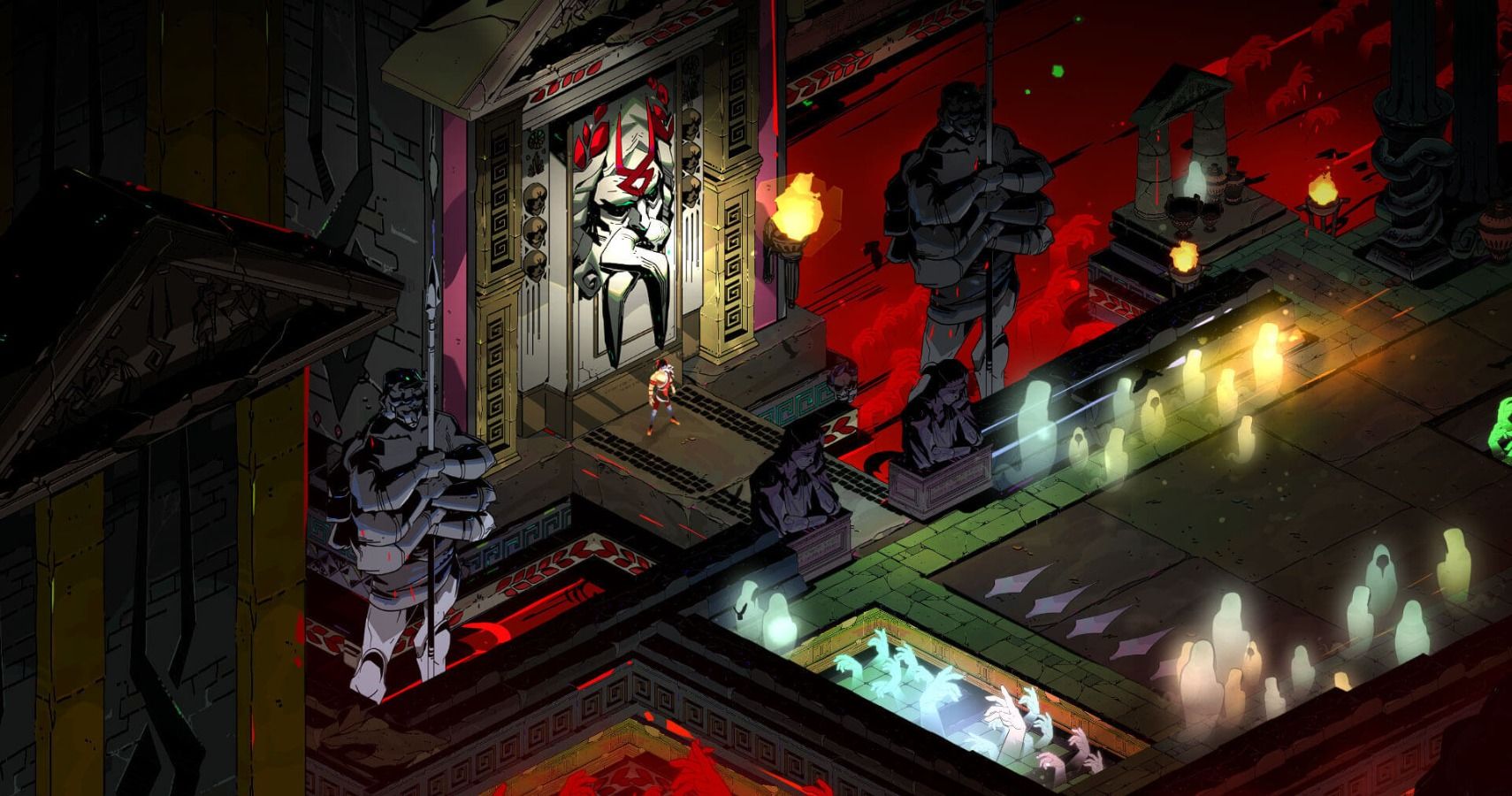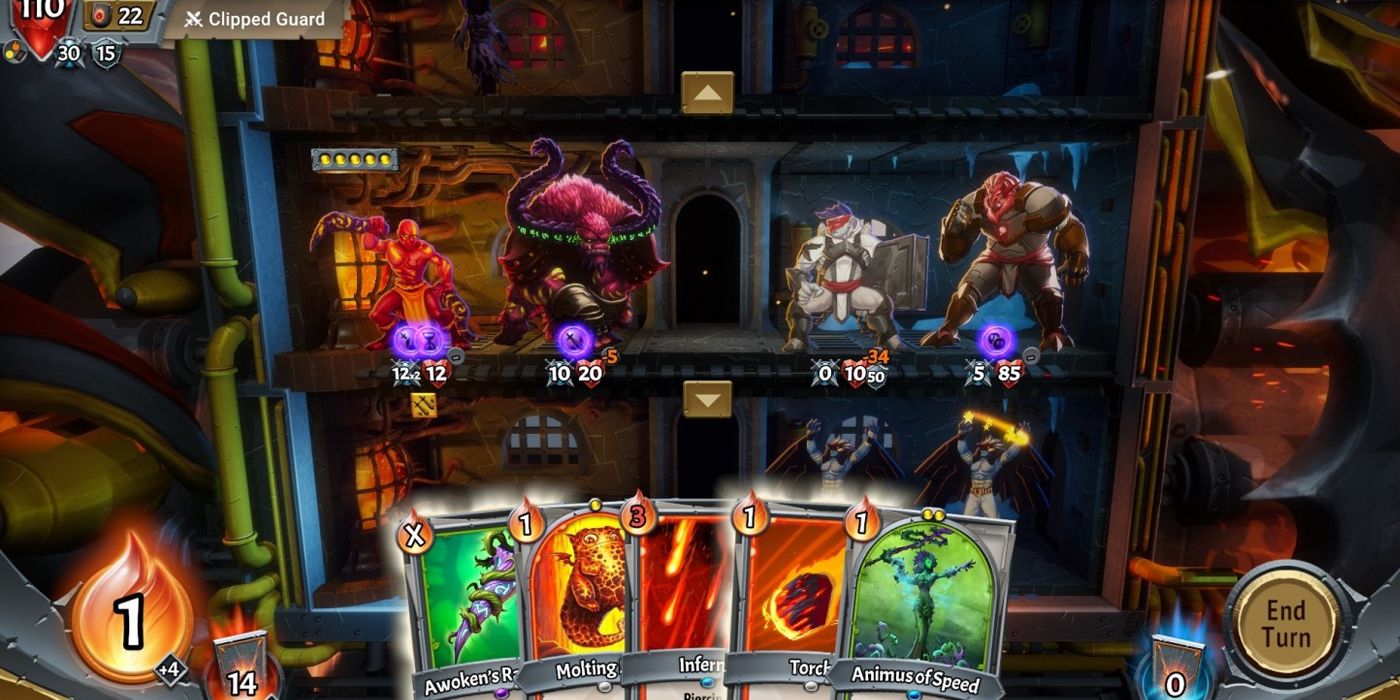For the vast majority of people, this is going to come across as exceedingly pedantic, but I think it’s important to maintain the distinction between roguelike and roguelite. It may not seem like there’s a big difference between these genres, but the way roguelike games approach level design and player progression is wildly different from the way roguelites do. A roguelite fan may not have any interest at all in a roguelike game, so it’s important not to use these terms interchangeably. Sometimes it’s perfectly fine to describe a game broadly, perhaps even incorrectly, and still get across what the experience of playing it is like. In the case of roguelike vs. roguelite, however, they’re different enough to the people that engage with these genres that you really ought not to confuse the two.
Calling roguelikes and roguelites a genre probably isn’t the best place to start, considering that both roguelikes and roguelites can be anything from first-person shooters to action RPGs to card games. Rather, roguelikes/lites can more accurately be thought of as sensibilities. Both share a set of three core mechanics: random levels, character progression, and permadeath. They only differ in one small way, but it’s a detail that changes almost everything about the experience of playing these games. Simply put, roguelites have meta-progression, and roguelikes do not.
It’s a fairly simple concept. When you die in a roguelite game, you take something with you into the next run. That might be experience points that make you stronger, unlocking new items to find in the dungeon, cards to add to your deck, or any other type of upgrade. Though you will still restart the game every time you die, you never truly restart from zero. In a roguelike game, on the other hand, you take nothing with you when you die. There is no progression between each run. Every time you restart, you’re restarting from absolute zero.
Over the years, roguelites have become a lot more popular than roguelikes, and for good reason. Both types of games are quite punishing thanks to permadeath, but roguelites offer players tangible rewards for playing. When you fail in a roguelite, you will almost always still earn something that makes you feel stronger, safer, or more capable in the next run. Many roguelites provide upgrades that help you progress further in the game than you ever could have at the start. Hades was so well-received in part because you become more powerful the longer you play it. The levels and bosses become more challenging as you progress through the game, but in a way, the game becomes easier as you unlock more upgrades.
Other roguelites offer progression through additional content. You begin every playthrough of The Binding of Isaac with the same stats and abilities no matter what, but each run will unlock new characters, new items, new bosses, and new challenges. The reward in Isaac is variety, and it can be just as strong of a player motivator as power upgrades.
Roguelites are more accessible and a lot more inviting to players than true roguelikes, which is why roguelikes have mostly died off. There are still a few popular roguelikes out there, like Dicey Dungeons, Darkest Dungeon, and Stoneshard. There are also some roguelites that offer such minimal meta-progression that they could almost be considered true roguelikes, like Spelunky and FTL. But the vast majority of rogue games made today, including Slay the Spire, Dead Cells, Risk of Rain 2, Into the Breach, and Monster Train, and roguelites. When people talk about roguelikes these days, they’re almost always actually talking about roguelites.
It’s not the most egregious error to make, but it’s important not to misrepresent a roguelike as a roguelite, and vice versa. Many roguelite fans won’t be interested in roguelike games because they do not offer the same kind of rewards and progression that they’re used to. Roguelike games can be incredibly rewarding to play, but the only progression you can make in a roguelike game is in your own skill. Roguelite games are also better equipped to flatten the frequent difficulty spikes that occur due to the random nature of rogue games, making them more forgiving and accessible. Roguelite games are not exclusive to the hardcore gamer audience, hence the mainstream popularity of Hades, but roguelike games almost always are.
The point is, there’s a big difference between the like and the lite, despite how similar they seem to be. Roguelike games are rare, but a roguelike game probably shouldn’t be recommended to someone unless they know what they’re getting themselves into. Roguelites, on the other hand, are massively popular and generally pretty accessible to both casual and hardcore players. Mixing them up isn’t the end of the world, but language is malleable, and if we keep conflating them, eventually, we’ll likely lose the word roguelite and have no way to meaningfully differentiate between the two types of games. In the words of The Offspring, “You gotta keep ‘em separated.”



